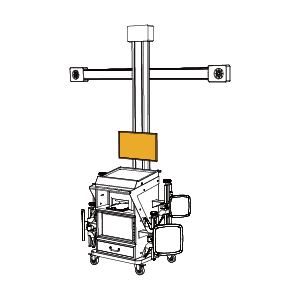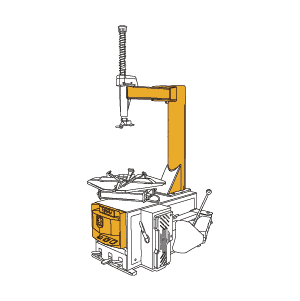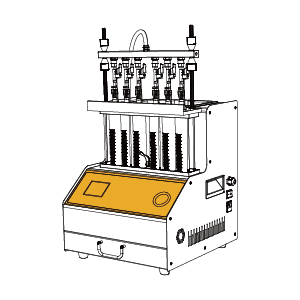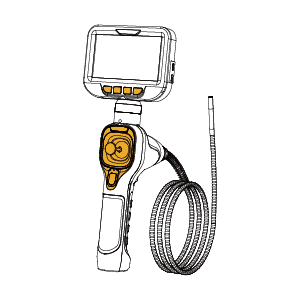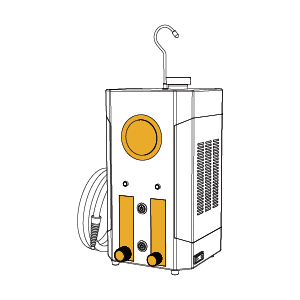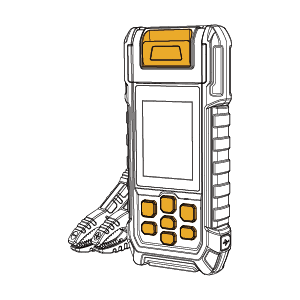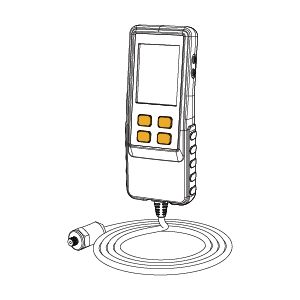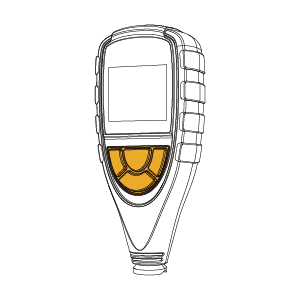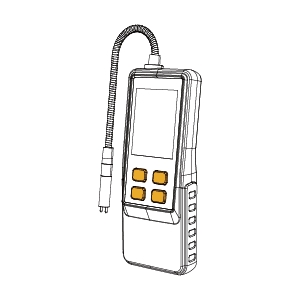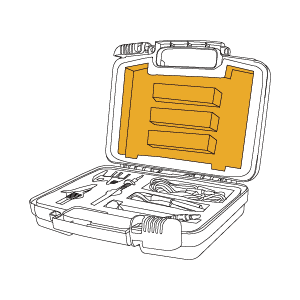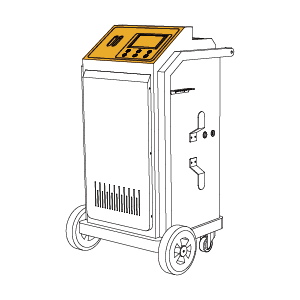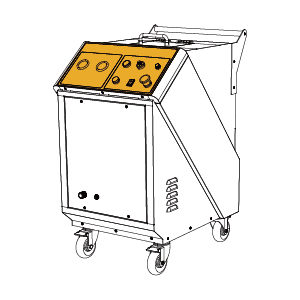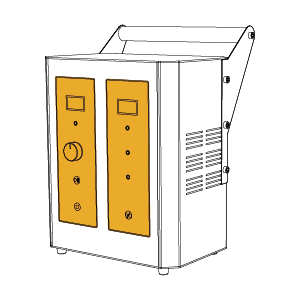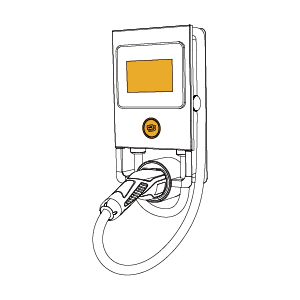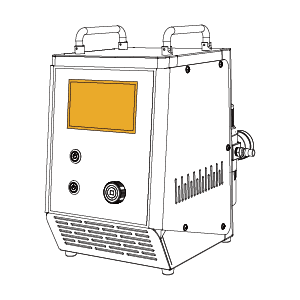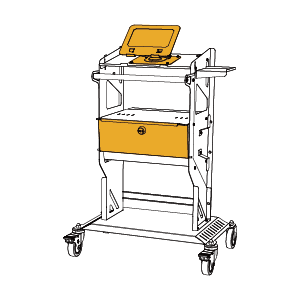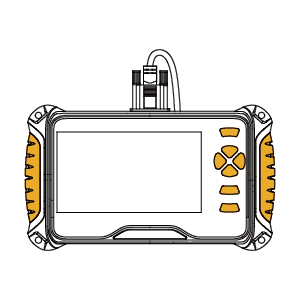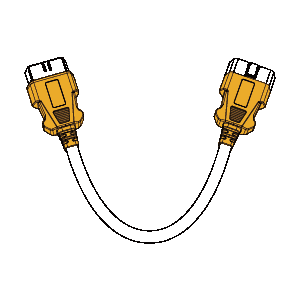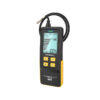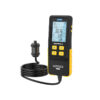Uncategorized
How to Know When Your Car Really Needs a Transmission Fluid Change
Many car owners pay extra attention to engine oil maintenance, but they often ignore the importance of transmission fluid. Transmission fluid does a lot more than people think. It lubricates the internal parts, cools the system, cleans debris, and helps deliver power smoothly. Once the fluid becomes old or dirty, you may experience hard shifting, slipping, or even serious transmission failure. Repairing a damaged transmission can cost a lot of money.
Today, we will explain how to decide when your car really needs a transmission fluid change so that you can avoid wasting money or missing the best maintenance time.
1. First Understand the Basics: Transmission Fluid Is NOT “Lifetime”
Many drivers believe the idea of “lifetime transmission fluid,” but this is mostly a marketing phrase. “Lifetime” refers to the designed life of the transmission, not the automatic transmission fluid inside it. All types of fluids will oxidize and lose performance over time. That is why transmission fluid service is always necessary.
Different types of transmissions require different transmission fluid replacement intervals.
Manual transmission fluid is more stable and usually needs changing every 60,000–80,000 km. Automatic transmission fluid (including AT and CVT) is more sensitive, so automatic transmission fluid change is recommended every 40,000–60,000 km. Wet dual-clutch transmissions need fluid changes every 40,000–60,000 km, while dry DCTs can go 60,000–80,000 km.
The best reference is always your car’s manual. It gives the most accurate transmission fluid inspection interval.
2. Five Key Signs Your Transmission Fluid Needs to Be Replaced
Besides mileage, your car will also show warning signs when a transmission fluid exchange is needed. If you notice any of the signs below, it’s time for a transmission fluid change.
Sign 1: Hard Shifting or Jerky Gear Changes
This is the most common sign. Gear shifts should be smooth. If you feel jerking, hesitation, or a delay during shifting, the automatic transmission fluid may have lost viscosity. Poor lubrication increases friction and reduces smooth power delivery.
This is especially noticeable in cold weather because old fluid becomes thick. A quick transmission fluid service can help restore performance.
Sign 2: Strange Noises From the Transmission
If you hear humming, buzzing, or metal rubbing noises near the transmission area, it could mean the fluid is not providing enough lubrication. Without good lubrication, parts may run dry and create noise. Ignoring this can damage gears or bearings.
A timely transmission fluid replacement helps prevent more serious damage.
Sign 3: Fluid Color Looks Dirty or Cloudy
You can also check the fluid condition directly. Fresh automatic transmission fluid is usually clear red or light yellow. Over time, it becomes dark, brown, or even black. Cloudy fluid or visible debris means the fluid has oxidized and needs a transmission fluid change immediately.
You can warm up the car, pull out the dipstick (if your car has one), and check color and smell. A proper transmission fluid inspection can help identify issues early.
Sign 4: Higher Fuel Consumption or Reduced Power
Old transmission fluid reduces power transfer efficiency. The engine must work harder, which increases fuel consumption. You may also feel slow acceleration or weak power response.
If other systems are normal, this is often a sign you need a transmission fluid service or transmission fluid exchange.
Sign 5: Transmission Warning Light Turns On
Many modern cars will show a warning light when automatic transmission fluid is low or degraded. If the transmission warning light or “AT” symbol appears, do not ignore it.
Go to a professional shop for a transmission fluid inspection and fault code diagnosis. Delaying the transmission fluid replacement could cause major repair costs.
3. Important Tips When Doing a Transmission Fluid Change
Once you confirm the fluid needs changing, there are a few things to be careful about.
First, the fluid type must match your transmission. CVT transmissions require CVT-specific fluid. Mixing ATF with CVT fluid can cause damage.
Second, choose the right method. Automatic transmissions should use machine-based transmission fluid exchange, which removes up to 90% of old fluid. Manual transmission fluid can be changed using gravity drain.
Finally, always choose a reliable shop. Using cheap or fake automatic transmission fluid may cause long-term damage. A proper transmission fluid service extends your transmission’s life and prevents expensive repairs.
If you would like to learn more about the AUTOOL ATF Transmission Fluid Changer, please contact us via email or WhatsApp.
WhatsApp: +86 189 2647 7404
Email: shop@autooltech.com


